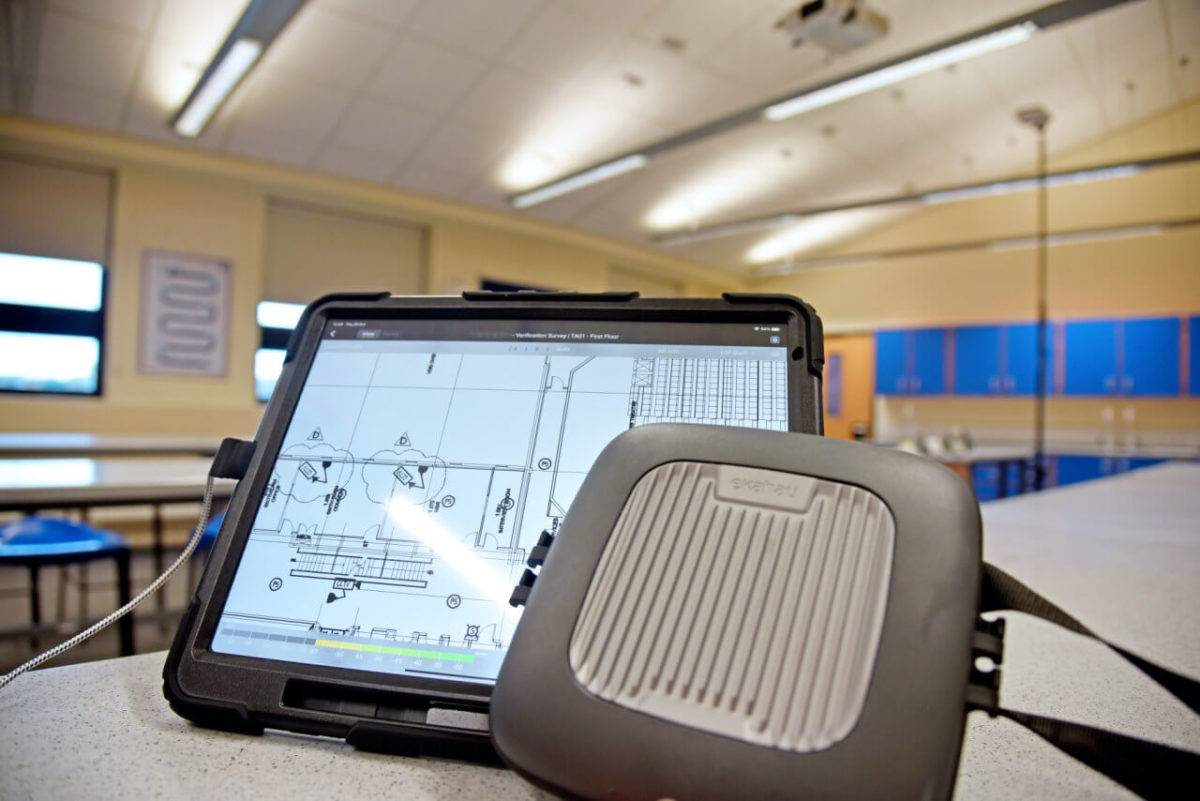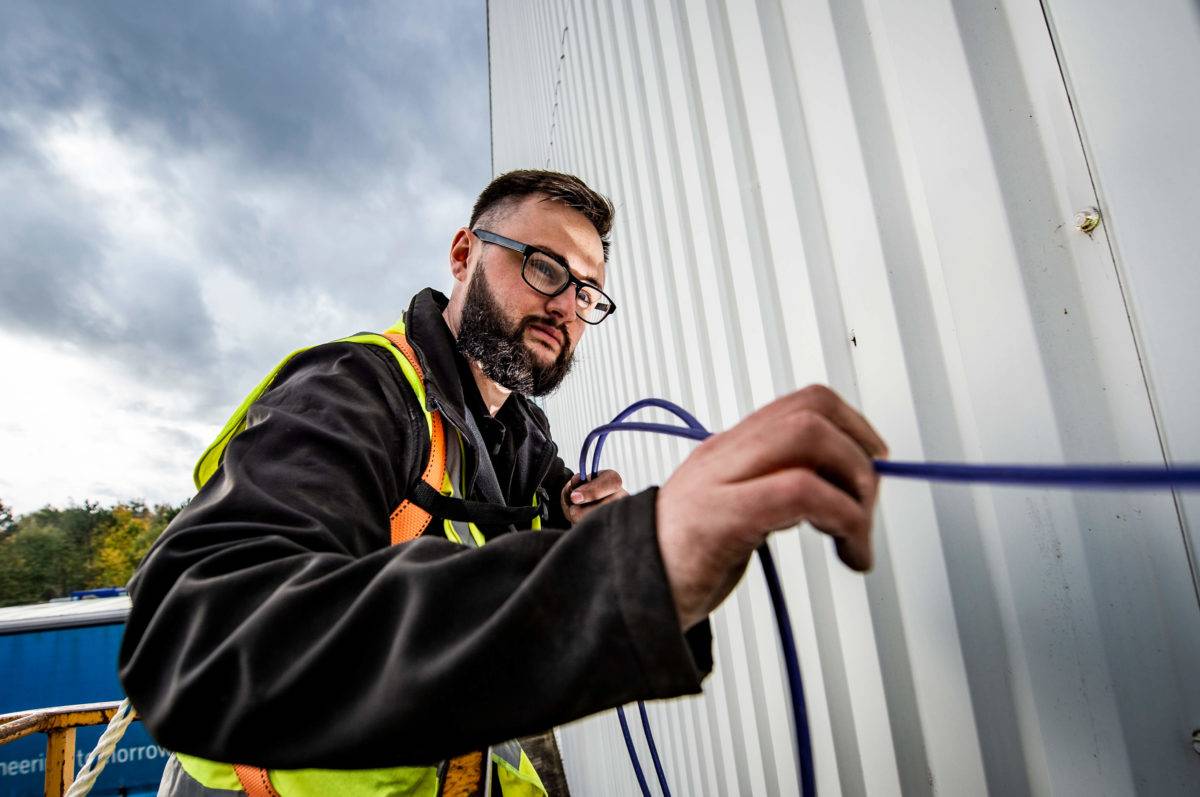Network Fault Finding and Management
Diagnose network problems with expert network troubleshooting
Network faults can be increasingly difficult to diagnose due to a multitude of problems.
For example, you may find that Apps are consistently slow or dropping out. This used to be simple to diagnose, with the LAN or the servers tending to be the route cause, but with cloud servers and Apps, you must now ask more complex questions, taking into account the firewall, WAN, hosting servers and network. Performance Networks offer network troubleshooting guidance to rectify whatever issues you’re experiencing.
Our case studies and success stories
Network Audit & Patching
Ineos Network Audit
Ineos engaged us to review the configurations of multiple Cisco catalyst switches across 4 Ineos sites and provide best practise…
Network Fault find
Leasing Company HQ Network Fault find Audit
The customer was having issues during a migration from a Cisco switched infrastructure to a new Dell setup. One of…
Network Fault Find & Audit
Winchmore School Network Fault Finding Audit
Winchmore school contacted Performance Networks complaining of serious network issues.
Need help diagnosing the issue?
Our team are here to help.

These client testing
tools include:
- PING – test connectivity/latency & packet size issues.
- Tracert/traceroute – test routed traffic paths.
- Pathping/mtr – test routed traffic paths & packet loss/latency.
- Ipconfig/ifconfig – verify a client’s IP & DNS/DHCP/subnet settings.
- Nslookup – used to verify DNS.
- Netstat – check active ports being used.
- Speedtest sites – quickly get a flavour of the internet connectivity speeds.
- Iperf server – can be used across the WAN or local LAN to test client to server connection speeds.
- Route/Route PRINT – used rarely nowadays. Most often, it shows client misconfiguration.
- Wireshark – capture packets to really delve down into things.

These client testing tools help with:
The above tools help pinpoint where the issue lies. Results are then documented and tested over a period of time to build up a fuller picture.
With intermittent issues, it may be necessary to setup a monitoring station and monitor various points & applications. We may monitor using ICMP/HTTP-HTTPS/VoiP – whatever you are seeing issues with.

What could be causing network issues?
Network issues can be caused by a range of factors, which our network fault finding service will pinpoint. Common network issues could be down to:
- Cabling – broken, or not providing the required speeds.
- WiFi – interference, capacity, or design issues.
- Switching – capacity/spanning tree/design issues.
- Routing – sub-optimal routing. Incorrect PBR (Policy-Based Routing).
- Firewall – capacity issues or mis-configuration.
- WAN link/s – again, are they being used correctly? Latency/saturation issues.
- QoS (Quality of Service) – not working for desired applications.
- Server – resource or software issues.